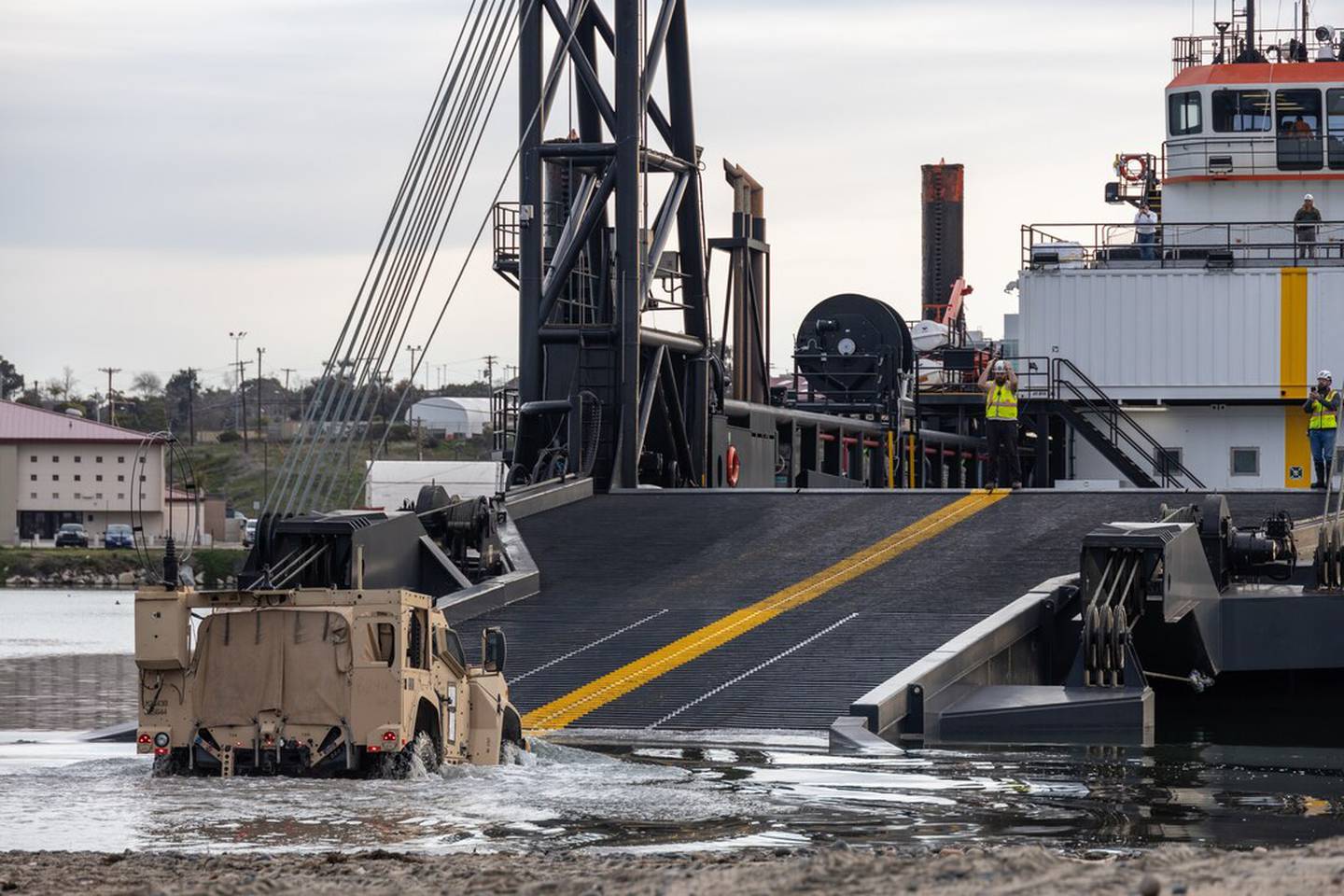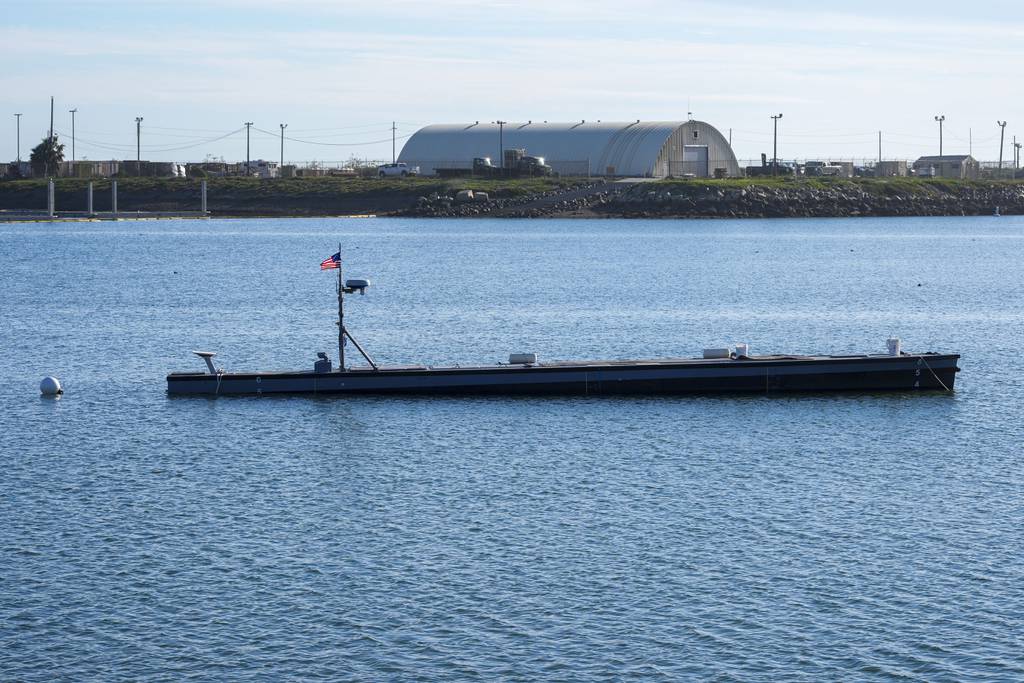The Marine Corps’ second in command expects a “big year†for the service’s efforts at using aerial drones and maritime platforms to solve logistical challenges in the Pacific.
Assistant Commandant Gen. Christopher Mahoney on Tuesday listed various logistics and other programs undergoing testing in 2024 in the Defense One “State of Defense†series.
“Logistics will stop you in your tracks if you haven’t thought it through, if you don’t have a system that is strong and functioning,†Mahoney said.
The Corps has been working with industry on medium and large tactical autonomous drones for aerial resupply and recently experimented with the autonomous low-profile vessel, a semi-submersible maritime drone.
“We’ll be testing all three of those this year, so big year for that,†Mahoney said.
The approaches are part of the Corps’ larger effort to find ways to get supplies to far-flung troops across vast distances. The service will continue to use its legacy platforms but needs more maritime and aerial options for contested areas.
Part of Force Design 2030 concepts includes using multiple unmanned, cheap, disposable systems that won’t risk pricey platforms and human pilots.
For larger items, the Corps is working on a shore-to-shore connector program called the landing ship medium. The current ship being used for testing is the stern landing vessel, a modified commercial watercraft that allows users to offload and onload directly from the beach.
“It is a shore-to-shore logistics connect to get heavy things that we can’t put on airplanes or don’t want to have a big ship coming in to bring, get it from Point A to Point B to move; maneuver it from Point B to a more advantageous position at Point C; and then sustain that position,†Mahoney said.

Lt. Gen. Karsten Heckl, head of Combat Development and Integration, also spoke at the Tuesday event and noted that the stern landing vessel, the current platform being tested in the LSM program, and the autonomous low-profile vessel were used in the Army’s Project Convergence Capstone event in late February on Camp Pendleton, California.
Project Convergence is an Army-led, joint and multinational experiment that seeks to integrate capabilities such as sensors, air and missile defense.
Plans call for the LSM to be 200- to 400-feet long with 8,000 square feet of cargo space. The Marines are currently using a 254-foot commercial offshore supply vessel, the HOS Resolution SVL, refitted with a folding stern ramp for its LSM prototype.
The low-profile vessel, or ALPV, is expected to have the capacity to deliver two Naval Strike Missiles for the Corps’ anti-ship missile system to Marines.
The design was inspired in part by narco-submarines used by drug traffickers to move illicit payloads clandestinely, Heckl said.
Heckl said that a Marine cook was trained in under 30 days to program and deploy the low profile vessel for the exercise.

On the lighter side, the medium aerial drone, part of the Tactical Resupply Unmanned Systems, or TRUAS, are large quadcopter drones that currently could carry payloads of 150 pounds over about nine miles, Marine Corps Times reported.
These fly autonomously, using preprogrammed waypoints for their flight pattern and itinerary.
On the larger side, defense contractor Leidos announced a contract with the Marine Corps in 2023 to develop a helicopter-type drone with a double stack of rotors that could carry 600 pounds up to 100 nautical miles.
Mahoney stressed the approach is “multi-model.â€
“So, it’s adding breadth and depth to your logistics last tactical mile, which in the case of the Pacific is the last tactical 500 miles,†Mahoney said.
Todd South has written about crime, courts, government and the military for multiple publications since 2004 and was named a 2014 Pulitzer finalist for a co-written project on witness intimidation. Todd is a Marine veteran of the Iraq War.








